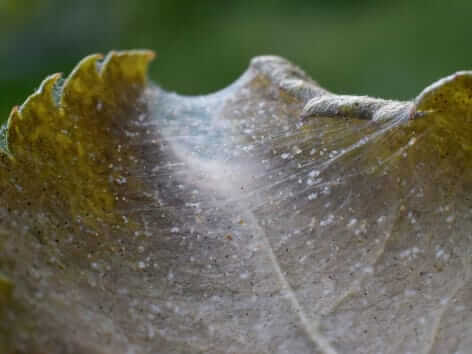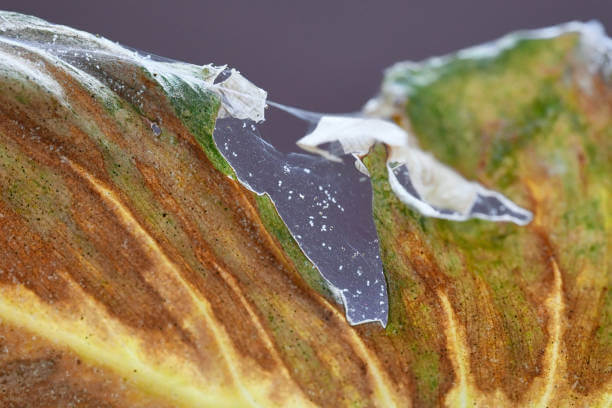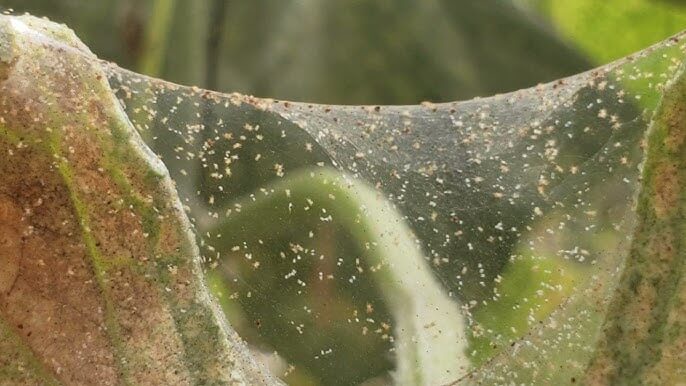
Remolacha de mesa
How to recognize and combat red spider mites on beets
Red Spider
Insect
Type:
Risk to the plant:
HIGH
Tetranychus Urticae
Pathogen:

Araña roja
WHO CAUSES IT?
Tetranychus urticae, commonly known as the red spider, is a phytophagous mite belonging to the family Tetranychidae. This tiny arachnid measures approximately 0.5 mm in length and has a color that varies between yellowish green and red, depending on its stage of development and environmental conditions. The adult female lays her eggs on the underside of leaves, usually in dense colonies. The eggs hatch into six-legged larvae that feed on the plant's sap. After several molts, the larvae become protonymphs, then deutonymphs, and finally adults. This process can be completed in a week under optimal conditions, allowing for multiple generations per year. Spider mites thrive in hot, dry environments, and their ability to reproduce quickly means infestations can increase explosively.
SYMPTOMS
Spider mites cause a disease known as beet spider mite, which manifests primarily on the leaves of the plant. The mites pierce the cells of the leaves to feed on their contents, causing a series of visible symptoms on affected plants.
- Chlorotic or yellowish Taches on the leaves
- Leaves with a mottled and discolored appearance
- Dry and brittle leaf tissues
- Loss of general vigor in the plant
- Premature defoliation in severe infestations
- Tissues covered with fine cobwebs, especially on the underside of the leaves


DEVELOPMENT CONDITIONS
Temperature:
25°C - 30°C
Humidity:
40% - 60%
HOW IS IT SPREAD?
Wind, Movement of infected plants, Contaminated growing tools, Direct contact between infested plants
HOW TO ELIMINATE IT?
Home treatments
There are no home treatments
Natural allies
Chemical treatments
There are no treatments for this disease. Treatments are directed at the insect vectors that transmit it. See insect treatments.
RECOMMENDED PRODUCTS TO ELIMINATE THE PEST
Sponsored link
Sponsored link
Sponsored link
Sponsored link
Sponsored link
Sponsored link
Sponsored link
Sponsored link
Sponsored link
Effective against all types of fungi
Sponsored link
Sponsored link
Sponsored link
Sponsored link
Sponsored link
Sponsored link
Sponsored link
REPELLENT PLANTS
RECOMMENDATIONS
















































